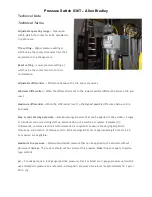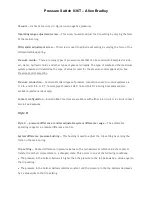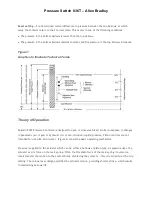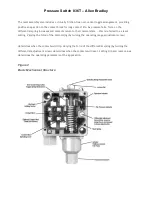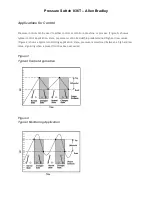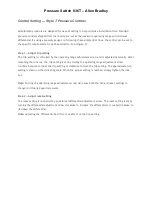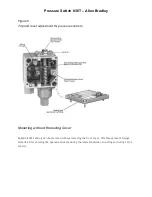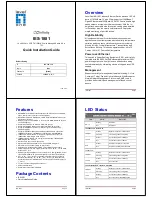
Pressure Switch 836T
– Allen Bradley
Reset setting —
Pre-determined normal difference in pressure between the two bellows, at which
value the contacts return to their normal state. This occurs in one of the following conditions:
The pressure in the bottom bellows is lower than the top bellows.
The pressure in the bottom bellows remains constant and the pressure in the top bellows increases.
Figure 1
Graphics to Illustrate Technical Terms
Theory of Operation
Bulletin 836T Pressure Controls are designed to open or close electrical circuits in response to changes
in pneumatic (air or gas) or hydraulic (oil or non-corrosive liquids) pressure. Piston controls are not
intended for use with air or water. (Figure 2) shows the basic operating mechanism.
Pressure is applied to the actuator which can be either a bellows or piston type. As pressure rises, the
actuator exerts force on the main spring. When the threshold force of the main spring is overcome,
levers transfer the motion to the contact block, displacing the contacts — this is referred to as the trip
setting. The unique lever design amplifies the actuator motion, providing shorter stroke, which results
in maximizing bellows life.

